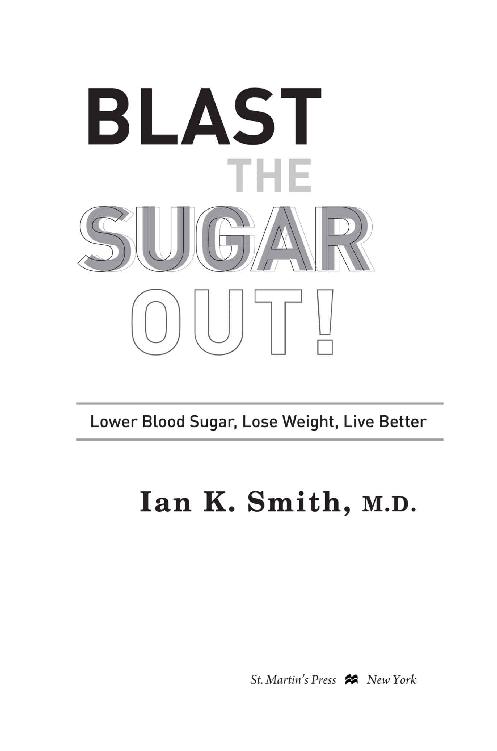 Thank you for buying this St. Martins Press ebook. To receive special offers, bonus content, and info on new releases and other great reads, sign up for our newsletters.
Thank you for buying this St. Martins Press ebook. To receive special offers, bonus content, and info on new releases and other great reads, sign up for our newsletters.  Or visit us online at us.macmillan.com/newslettersignup For email updates on the author, click here. The author and publisher have provided this e-book to you for your personal use only. You may not make this e-book publicly available in any way.
Or visit us online at us.macmillan.com/newslettersignup For email updates on the author, click here. The author and publisher have provided this e-book to you for your personal use only. You may not make this e-book publicly available in any way.
Copyright infringement is against the law. If you believe the copy of this e-book you are reading infringes on the authors copyright, please notify the publisher at: us.macmillanusa.com/piracy. To my twin brother, Dana. Friend. Confidant. Road Dog.
Fellow Warrior. Youve always made the ride interesting at the peaks and in the valleys. The 5 A.M. preschool hill runs will forever mold my strength. Eternally bonded to you and in love. When I was just a young first-year medical student, my grandmother, the anchor of our family, was diagnosed with type 2 diabetes.
This was a tremendously difficult blow to her, and thus the entire family, because she had been healthy all of her life and never required medications or therapeutic interventions. She was scared, and so were the rest of us as we struggled to understand not just why she was so unlucky, but what could be done to make sure that she avoided all of the devastating complications that can come from the disease. Everyone looked to me because I was supposed to be the medical expert in the family. But the truth was that I knew virtually nothing about diabetes; I was just in my first semester of my first year. My reaction was like it always had been when facing a challengetake it head-on without fear and work extremely hard to conquer it. So I searched for and digested every particle of information about diabetes and what could be done to make a difference.
The more I researched and learned, the more convinced I became that diabetes was not a death sentence like so many of us think. It was controllable through lifestyle behaviors, as well as appropriate medicinal therapy if necessary. I went home for the holiday that winter, sat my grandmother down, and explained to her as best as I could what I had learned and what I thought would make her life as normal as possible. She listened and she cried, not because she was scared, but because I had given her back the hope that had vanished the second her doctor had announced her diagnosis. The first thing we did was change her eating habits. An old woman from the South, her typical cuisine was loaded with fried foods and sugary treats.
Sugar and butter have long been the centerpiece of Southern cuisine and thus the foundation of many of the foods that we ate at home. We immediately cut back on not just how many carbohydrates she consumed but the types of carbohydrates. Getting them from better sources was important in controlling her blood sugar, and this was a change that could be made immediately. The second thing we did was go down to the local gym, where she signed up for a membership. This doesnt sound too groundbreaking now, but my grandmother was a plump little church lady who probably hadnt exercised regularly in fifty years. At the time I took her to the gym, it was not common to see senior citizens there exercising with the younger crowd with loud music piping in from the ceiling speakers.
I had been an athlete all of my life, and although I was new to medicine, I was a veteran sportsman. My brother and I taught her the machines and devised a little workout for her that was challenging enough but also something she could actually do. Here she was, my little grandmother in pants and sneakers, walking her hardest on that treadmill next to a 250-pound football player trying to do wind sprints. Its an image that I will never forget. After three weeks of better eating (not perfect, but better) and a regimen of exercise (four days a week, about 20 to 35 minutes each time), my grandmother went back to the doctor for a follow-up visit. I will never forget what she said when I talked to her on the phone from school.
The first thing the doctor said when he got the results of her blood work was, What have you been doing? Your blood sugar levels have gone down so much. My grandmother proudly told him that she was watching her sweets and that she was exercising. The next thing he told her brought tears to our eyes. I am going to have to cut your medication in half, because your sugars are so low you dont need that much anymore. Diabetes can be frustrating and challenging and exhausting, but for the vast majority of people who live with it, it is manageable and controllable. My grandmother did it without many of the resources or facts that are known today.
She, too, was scared and sad, facing changes in her senior years that were revolutionary and unthinkable. But she executed simple lifestyle changes that made a big difference in her life, and she no longer felt like her diabetes was controlling her; she was controlling it. Eighty million people are thought to be prediabeticon the verge of true diabetesand most dont even know how close they are to that precipice. This book is designed not only for prediabetics and those with diabetes but also for anyone who simply wants to cut down on sugar consumption, lose weight, and lead the healthiest life possible. In just five weeks, you can take your life back and regain control of your health destiny, avoiding a lifetime of chronic and life-interrupting illness. Blast the Sugar Out and put the life back in! Ian K.
Smith, M.D. April 2017 My brother, Dana, without my knowing, decided that he was going to drastically reduce sugar in his diet. He felt like he had been eating too many sweetspowdered donuts, candy bars, and sweetened drinks. A supreme athlete his entire life, he felt like his body was not responding like it always had and his energy levels were down. He had an overall feeling of discomfort and wasnt sure what was causing it. After an exhausting day, he sat down on his couch and thought about his diet and exercise plan.
He is a marathon runner and runs several miles a day as easy as the average person walks up a flight of stairs. The exercise wasnt his problem. So, he took a closer look at his eating and started realizing that he was snacking out of convenience or as a result of urges, and grabbing sweets around the clock. A candy bar between meetings, donuts late at night on the way home from work, his day was literally covered in sugar. The next day he used the same determination that had powered him through many successes throughout his life to eliminate the added sugars from his diet and quit cold turkey all bingeing on sweets. He later explained to me that it was not exactly easy at first.
His body was so accustomed to its daily sugar hits that when it no longer received them it let him know. Mild headaches, lagging energy levels, and stomach discomfort was all the evidence he needed that his body had become addicted to those hidden sugars. In just a couple of weeks, however, it all changed. The headaches and stomach discomfort went away and his energy levels soared. He told me that he felt brand-newas if he had been given his life back. He ran stronger, wasnt feeling sluggish in the middle of the day, and even felt like his mind was sharper and more productive.
My brother recognized what so many health experts have been trying to convey for so long. Sugar is addictive and powerful and in excessive quantities can take a toll on your health. My brother had not reached the stage where he was diagnosed with any medical condition, but a steady march of weeks and months and years of sugar overindulgence will surely take their toll even on the most chiseled and athletic body. Imagine what it can do to those who are not so athletically inclined and who dont have anything to offset its impact. The simple truth is that many are not as fortunate as my brother and have been diagnosed with prediabetes or type 2 diabetes. But its important to emphasize that these diagnoses are not a death sentence; they are a wake-up call.
Next page
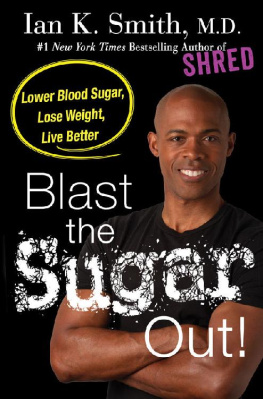
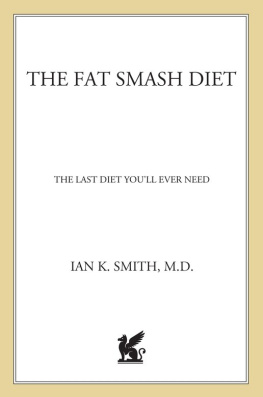
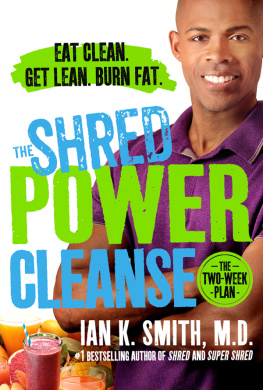

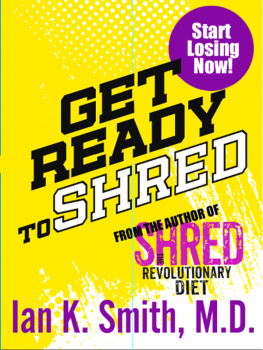


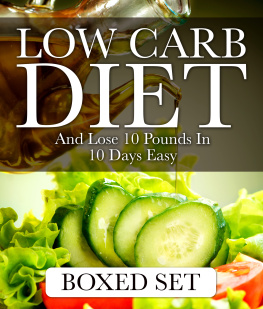
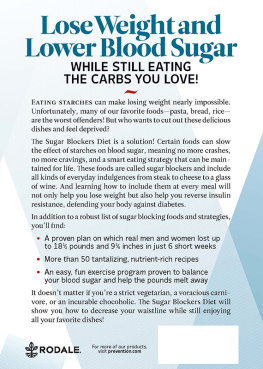
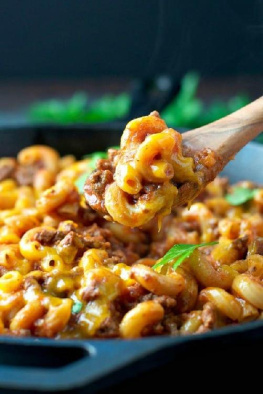
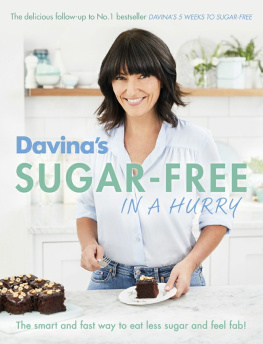
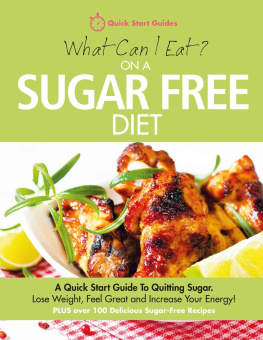
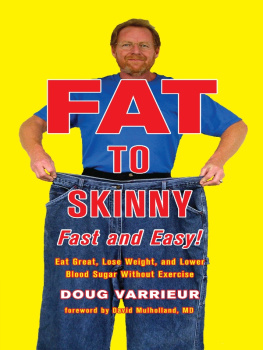
 Thank you for buying this St. Martins Press ebook. To receive special offers, bonus content, and info on new releases and other great reads, sign up for our newsletters.
Thank you for buying this St. Martins Press ebook. To receive special offers, bonus content, and info on new releases and other great reads, sign up for our newsletters.  Or visit us online at us.macmillan.com/newslettersignup For email updates on the author, click here. The author and publisher have provided this e-book to you for your personal use only. You may not make this e-book publicly available in any way.
Or visit us online at us.macmillan.com/newslettersignup For email updates on the author, click here. The author and publisher have provided this e-book to you for your personal use only. You may not make this e-book publicly available in any way.